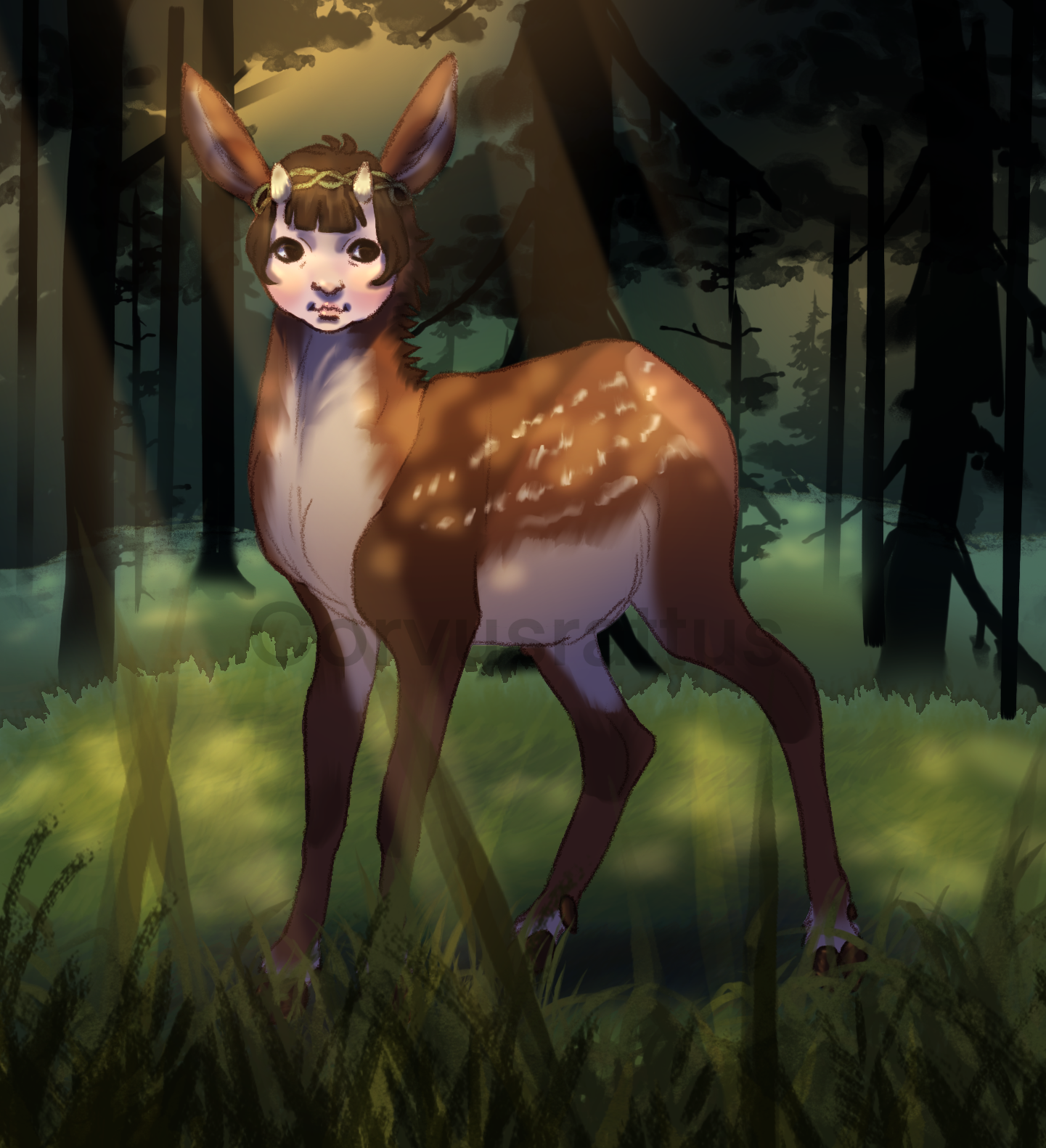After troubleshooting TEF on Windows 11...for like six hours (whoops)...the only set up that works at all was manually adding the app into the graphics settings and changing the preference to High Performance, combined with changing the Compatibility to run the game on Windows 7 and deselecting the screen resolution setting (though, I'm not sure if this affected much other than the doubling window display that kept occurring for me).
Windows Search

System > Display > Graphics > [browse and add application] > select "ForestViewer" > Options: High Performance
Right-click Application

Properties > Compatibility tab > 1) Compatibility Mode: Windows 7; and 2) Settings: deselect "Run in 640 x 480 screen resolution"
Worked smooth as long as I didn't disconnect to the network while in-game, otherwise it would crash and refuse to open again. Had to uninstall and reinstall to fix this. Running older games on Windows 11 seemed to be a known issue within the forums so I added the instructions in case it helps anyone!
The only problem I have now is logging in to my old old old account— waiting fifteen minutes of "logging in" without any results! Guess that's my punishment for having a 12yo inactive account lol. In the meantime, exploring as a guest deer ain't so bad (I do still miss my og stags)

 System > Display > Graphics > [browse and add application] > select "ForestViewer" > Options: High Performance
System > Display > Graphics > [browse and add application] > select "ForestViewer" > Options: High Performance Properties > Compatibility tab > 1) Compatibility Mode: Windows 7; and 2) Settings: deselect "Run in 640 x 480 screen resolution"
Properties > Compatibility tab > 1) Compatibility Mode: Windows 7; and 2) Settings: deselect "Run in 640 x 480 screen resolution"